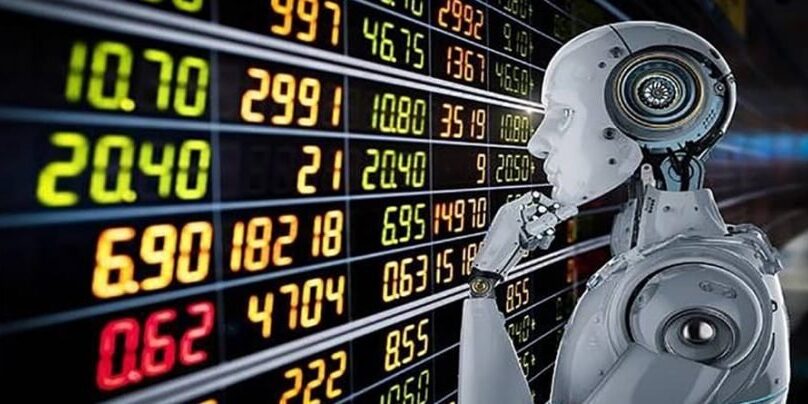Cloud Robotics will make robots much lighter, less expensive, and more intelligent than the traditional ones.
Each opportunity we go over an obscure idea or a picture or a word, we rapidly look for it on google and in a flash find heaps of solutions on that matter. On the off chance that robots could do likewise, things will be such a great deal simpler. For ordinary robots, each errand like moving a foot, getting a handle on an article, perceiving a face, requires a lot of preparing and prearranged data. Along these lines, introducing any new programming in them, for new information takes a great deal of time and exertion. This is the reason a few exploration bunches are investigating the possibility of robots that depend on distributed computing framework to get to huge measures of preparing force and information. This methodology, which some are calling “cloud mechanical technology,” would permit robots to offload register concentrated undertakings like picture preparing and voice acknowledgment and even download new abilities quickly.
The Concept of Cloud Robotics
Cloud advanced mechanics is to join the robot to an outer cloud. Thus, if the robot sees an obscure item, it can immediately send the picture to the cloud and get data and guidelines instantly. The expression “cloud advanced mechanics” is begat by James Juddher, an educator at Carnegie Mellon presently working at Google. He depicted the conceivable outcomes of cloud mechanical technology at the IEEE International Conference on Humanoid Robots, in Nashville, Tenn., this previous December. As indicated by him, accepting the cloud could make robots “lighter, less expensive, and more astute,” He is certain that cloud mechanical technology could offload CPU-substantial undertakings to far off workers, depending on more modest and less force hungry locally available PCs. Significantly seriously encouraging, the robots could go to cloud-based administrations to grow their capacities.
The Origin of Cloud Robotics
Associating a robot to an outside PC isn’t new. Thinking back to the 1990s, Masayuki Inaba at the University of Tokyo investigated the idea of a “far off mind,” as he called it, truly isolating sensors and engines from significant level “thinking” programming.
Presently cloud mechanical technology tries to push that plan to a higher level, abusing the modest registering power and universal Net network accessible today. Kuffner, who right now deals with Google’s self-driving vehicle project, understood that running registering errands on the cloud is frequently considerably more compelling than attempting to do it locally.
Kuffner clarified the Google administration known as Google Goggles. On the off chance that somebody snaps an image of a composition at a historical center or a public milestone and Google sends the data about it. Likewise, it very well may be utilized in advanced mechanics as well. A robot would send pictures of what it is seeing to the cloud, getting consequently nitty gritty data about the climate and articles in it. Utilizing the cloud, the robot could likewise further develop capacities like discourse acknowledgment, language interpretation, way arranging, and 3D planning.








